Navigating the process of obtaining a Residence Card in South Korea can be challenging for many foreigners. With the introduction of the new Residence Card, which has replaced the Alien Registration Card (ARC), there have been some notable changes that you need to be aware of. In this blog post, we’ll discuss the new Residence Card, the changes compared to the ARC, the types of ID it serves, and how to go about obtaining one.
What is the New Residence Card?
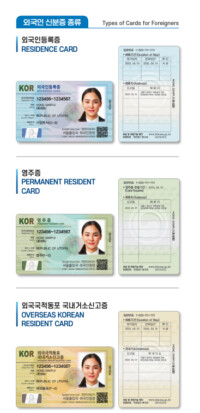
In response to the criticism over the negative connotation of the term “alien,” the Ministry of Justice announced a revision to replace the name of the “alien registration card” with a more neutral one by removing the word “alien.” Starting from January 2021, the card has been called a “Residence Card” instead of an “Alien Registration Card”.
- Residence Card: Issued to foreigners who intend to stay in the Republic of Korea for more than 90 days from the date of entry and have completed resident registration.
- Permanent Resident Card: Issued to foreigners who hold permanent residency status, and it is valid for 10 years.
- Overseas Korean Resident Card: Issued to foreigners who are overseas Koreans with foreign nationality and have reported their place of residence in Korea.
What’s Changed?
- Name Change: The most significant change is the name itself, as the term “alien” has been removed to create a more inclusive and welcoming atmosphere for foreigners in South Korea. The new card is now called a Residence Card.
- Appearance: The new Residence Card no longer contains the word “alien.” The design of the card has been updated, making it visually distinct from the previous ARC.
Here are the key changes to the card design:
- The new design has a color photo instead of black and white, and the photo size is 26 x 33.5 mm compared to the older design’s 22.5 x 28.6 mm.
- The photo location has been shifted from the left to the right side of the card.
- A QR code has been added, which contains the information displayed on the front of the card, such as the foreigner registration number, name, sex, country/region, status, and issue date.
- The letters ‘KOR’ change from copper to green when viewed at an angle due to the use of optically variable ink.
- An embedded transparent hologram is included, and the pattern colors are reversed depending on the viewing angle.
- Multiple laser images (MLI) are present, alternating between numbers and facial images, depending on the viewing angle.
How to Obtain a Residence Card:
- Determine your eligibility: All foreigners intending to stay for more than 90 days must register and apply for a Residence Card (except for tourist visas). Holders of A-1, A-2, and A-3 visas are exempt from this requirement.
- Make a reservation online: As of April 4, 2016, you must make a reservation online for anything to do with the immigration office. Head to the immigration homepage and book a date and time.
- Prepare the necessary documents: You’ll need your passport, a 3.5mm x 4.5mm color passport photo with a white background, an application form (available at the immigration office), proof of residence, and 30,000 KRW (for Residence Card pick-up in person) or 33,000 KRW (if you want your Residence Card mailed to you) in the exact amount. Depending on your visa type, additional paperwork may be required.
- Visit the immigration office: Bring your documents and reservation to the immigration office on the designated date and time. Pay the fee using the ATM and submit your paperwork and payment receipt at the designated desk. You will receive a document telling you the day your Residence Card will be ready for pick-up (usually a little less than a month).
- Pick up your Residence Card: If you chose to pick up your card at the immigration office, return it on the date listed on the form. No reservation is necessary. Once your number is called, you will receive your Residence Card.
In conclusion, the new Residence Card in South Korea is a significant improvement over the previous Alien Registration Card. It’s not only more inclusive in its terminology but also more visually appealing. The updated card is an essential piece of identification for foreigners, including ESL teachers, who plan to reside in the country for more than 90 days.
As an ESL teacher, the Residence Card is invaluable for accessing various services, such as opening a bank account, signing up for a mobile phone plan, and enrolling in health insurance. It’s also a testament to South Korea’s commitment to creating a more inclusive environment for all residents, regardless of their origin. The process of obtaining the card has been streamlined and is relatively simple to follow, ensuring that foreigners can quickly integrate into Korean society.
In our opinion, the new Residence Card is a welcome change for ESL teachers and other foreigners in South Korea. It not only simplifies administrative processes but also reflects a positive shift in the country’s attitude towards its international residents. We encourage ESL teachers to familiarize themselves with the requirements and procedures for obtaining a Residence Card to ensure a smooth transition into their new life in South Korea.
FAQs on the New Residence Card in South Korea
Q: What is the new Residence Card?
A: The new Residence Card is a Korean national identification card for foreigners. It serves as a form of ID and social security and is required for signing up for services like cell phone plans, internet, banking, and health insurance.
Q: How is the new Residence Card different from the Alien Registration Card (ARC)?
A: The most significant difference is the name change. The term “alien” has been removed to create a more inclusive and welcoming atmosphere for foreigners in South Korea. The card is now called a Residence Card. Additionally, the design of the card has been updated, making it visually distinct from the previous ARC.
Q: Who needs a Residence Card?
A: All foreigners intending to stay in South Korea for more than 90 days must register and apply for a Residence Card (except for tourist visas). Holders of A-1, A-2, and A-3 visas are exempt from this requirement.
Q: How can I apply for a Residence Card?
A: To apply for a Residence Card, you must first make a reservation online on the immigration homepage. Then, prepare the necessary documents, including your passport, a passport photo, an application form, proof of residence, and the application fee. Visit the immigration office on the designated date and time, submit your paperwork, and pay the fee. You’ll receive a document indicating the date your Residence Card will be ready for pick-up.
Q: How much does the Residence Card cost?
A: The fee for a Residence Card is 30,000 KRW if you choose to pick it up in person at the immigration office. If you prefer to have your card mailed to you, the fee is 33,000 KRW.
Q: How long does it take to receive my Residence Card?
A: The processing time for a Residence Card is typically about a month. However, it may vary depending on the immigration office and any delays in processing.
Q: What do I do if my Residence Card is lost or stolen?
A: If your Residence Card is lost or stolen, report the incident to the nearest police station and obtain a copy of the report. Then, make a reservation at the immigration office and apply for a replacement card. You will need to bring your passport, a passport photo, the police report, and a replacement fee of 30,000 KRW.
Q: Can I use my Residence Card as a form of ID?
A: Yes, the Residence Card serves as a valid form of ID in South Korea. You can use it for various purposes, such as signing up for services, opening a bank account, and even as a form of ID when traveling within South Korea.
Q: Do I need to update my Residence Card if I change my address or other personal information?
A: Yes, you must report any changes to your address or other personal information to the immigration office within 14 days of the change. Failure to do so may result in penalties.
Q: When does my Residence Card expire?
The expiration date of your Residence Card is generally aligned with the expiration date of your visa. You should renew your Residence Card before the expiration date to avoid any issues.
Notice from Immigration office.
Featured Image by Daniel Bernard

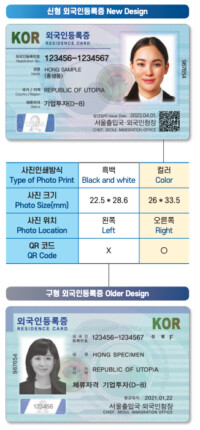

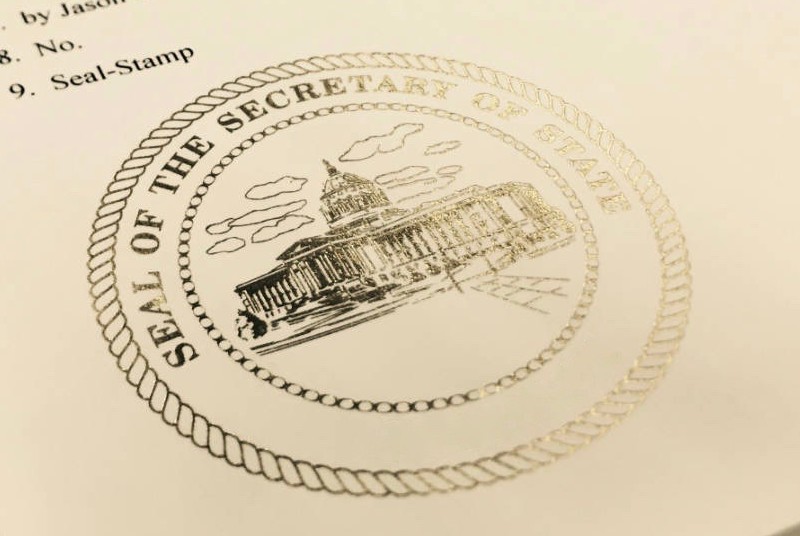
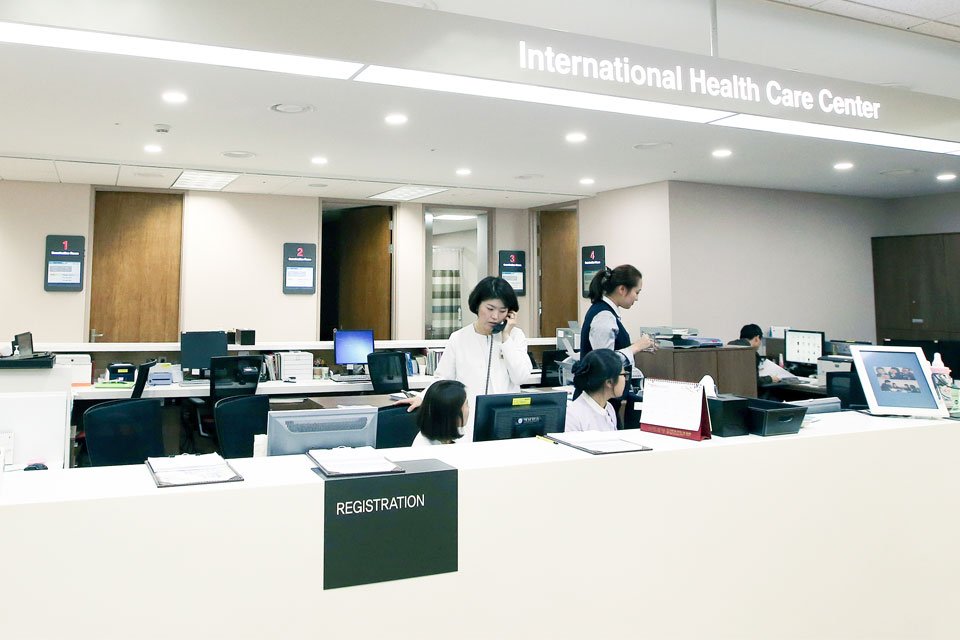
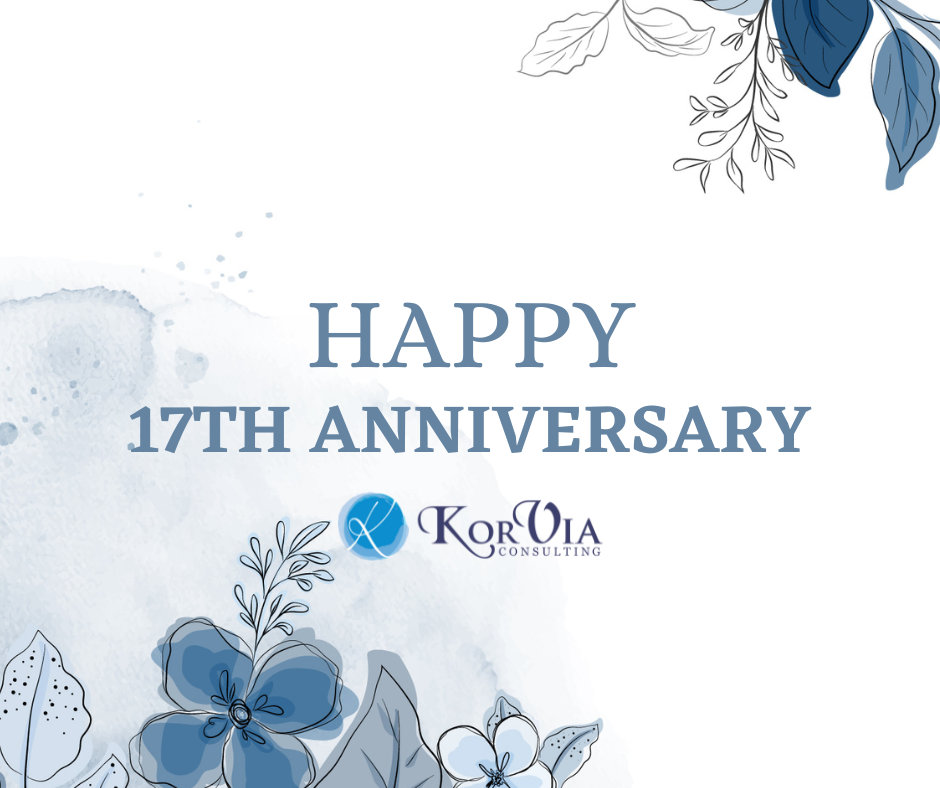

Do they keep my passport to create the card, or just look at it?
They will not keep your passport. They will most likely make a photocopy of it and they will then return your passport to you.
can I return the id card/cancel? what happen if i back to my country? i will be banned?
Where can you download the application form online?
Hello Sasha. Here is the link for the Korvia Application form. https://www.korvia.com/korvia-application-agreement-page/
I renewed my ARC last Apr 2024, the “Alien” still exists, didn’t change at all..
If I travel to my home country and my card expires before I return to Korea, what is the solution?
Good morning I’m asking what we’ll we do I lost my alien id in korean how to get again my id?
Hi Loquinario,
In that case, please make an appointment with the Immigration Office and check the list of documents needed to get your ARC issued again. They will ask you to provide your passport, a new photo, and a processing fee.
Hi, can I apply for renewal after expired of my RC
Hi Ahmed,
Our agency does not help with RC extensions as we only provide assistance in documentation and hiring process. We advise you to contact the Korean Immigration Office for the RC renewals.